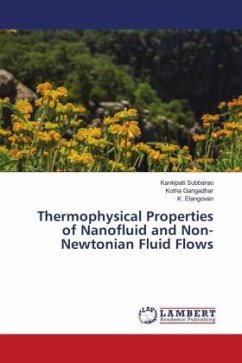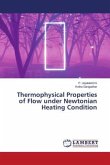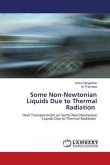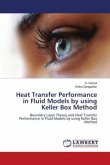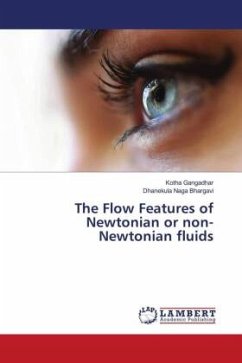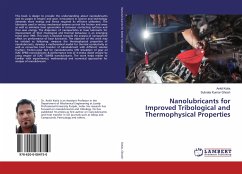Historically, efficiency calculations in thermal industrial applications were heavily reliant on the fundamental rule of thermodynamics. It is more reliable to assign probabilities depending on the another law of thermodynamics associated to the rate of generation of entropy and the estimate of effectiveness, than to make estimates founded on the first law of thermodynamics. In almost all thermal systems, the proportion of definite thermal effectiveness with reversible thermal effectiveness may be calculated using the second law. The second law of thermodynamics is used to quantify irreversibility in relations of the rate at which entropy is generated. Calculating entropy production rate is beneficial for optimizing thermal efficiency of the system because it measures the amount of total work being destroyed.

